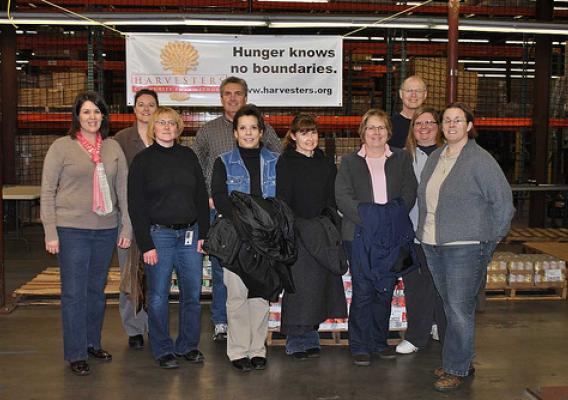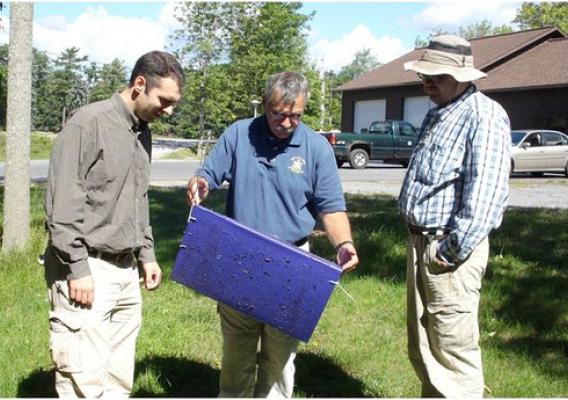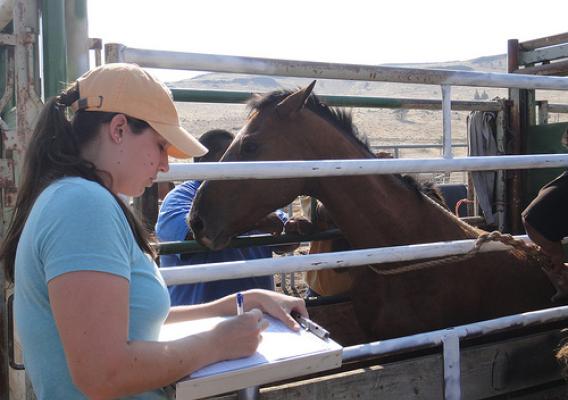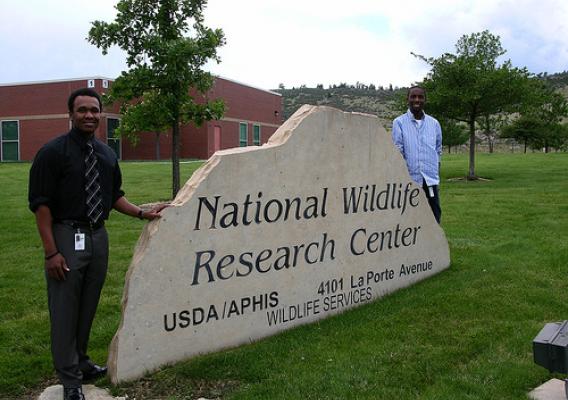Years passed, but no one was able to get near the stray dog roaming the 90 acres of the Ely Shoshone Tribal District in Nevada. Tribal members had tried many times to corral her, to no avail.
Then, in 2011, the stray became pregnant, giving birth to a litter under a walkway at the tribe’s clinic. Occasionally, the puppies were heard crying, but a few weeks later their cries grew less noticeable. When employees became concerned, they resorted to tearing up the walkway. Only one of three puppies was still alive, but it soon died after being taken to a veterinarian for care.
Many communities in the United States, including Native American tribes like the Ely Shoshone, face similar problems when dogs and cats are not spayed or neutered. Frequently, when humans are unable to take care of their unsprayed or unneutered animals, they abandon them -- bringing problems ranging from cats forming feral colonies to abandoned dogs becoming wild packs. Worse, a significant public health threat looms from potential dog bites and animals carrying diseases that can be transmitted to humans, primarily through ticks.









